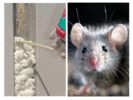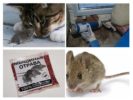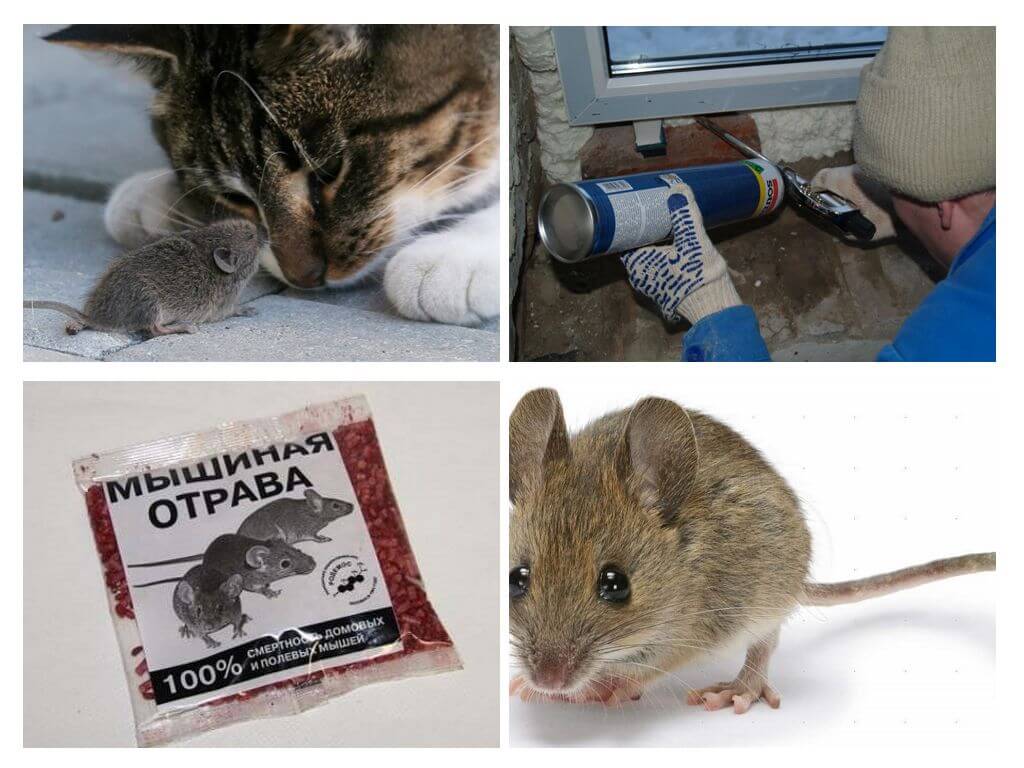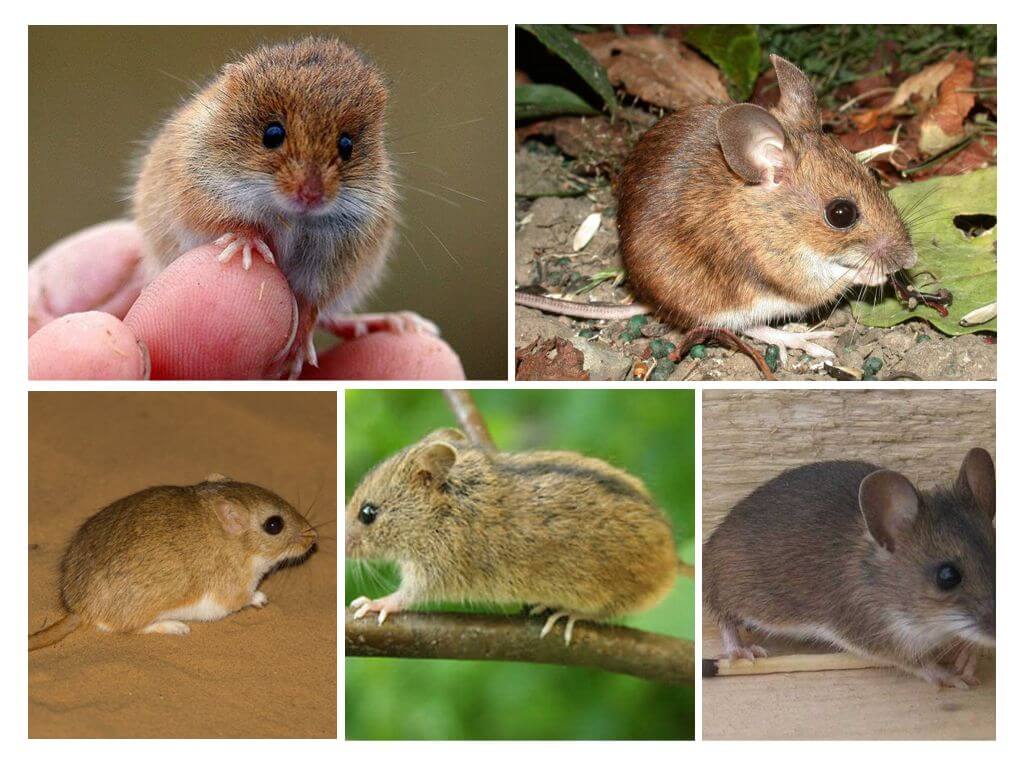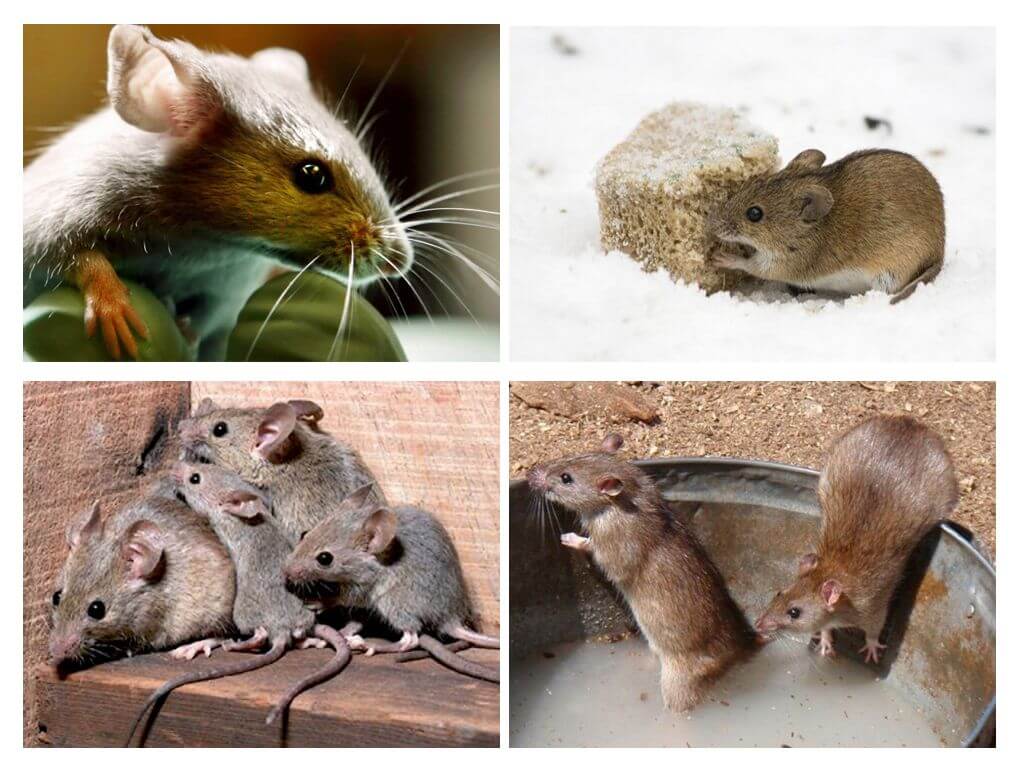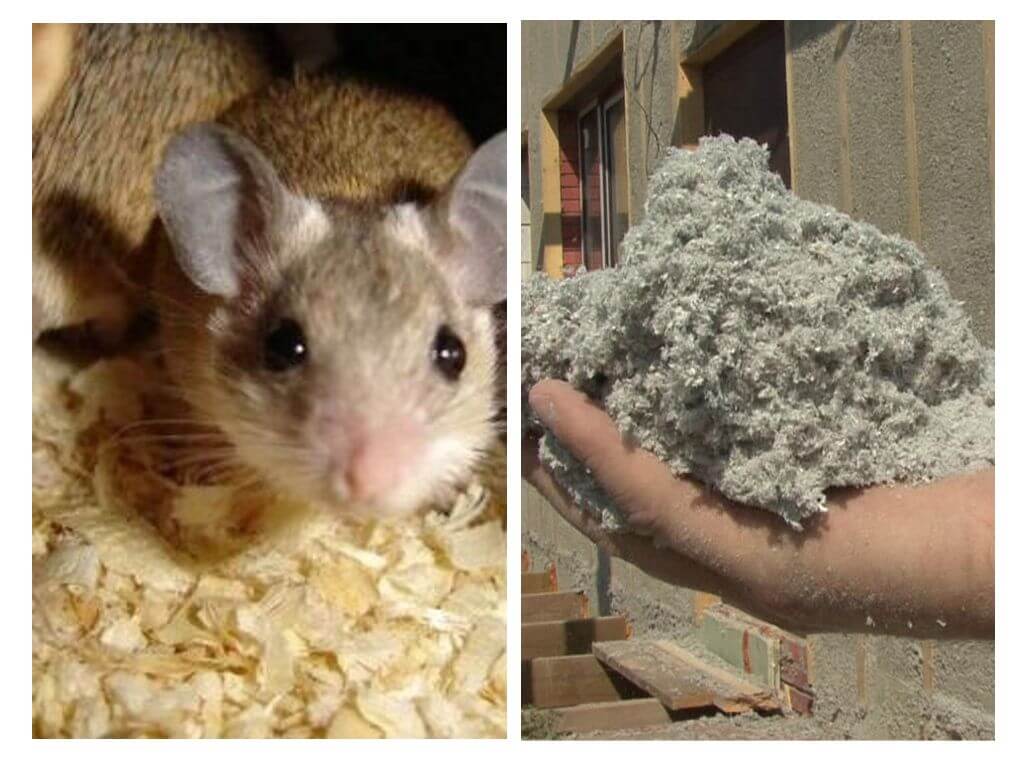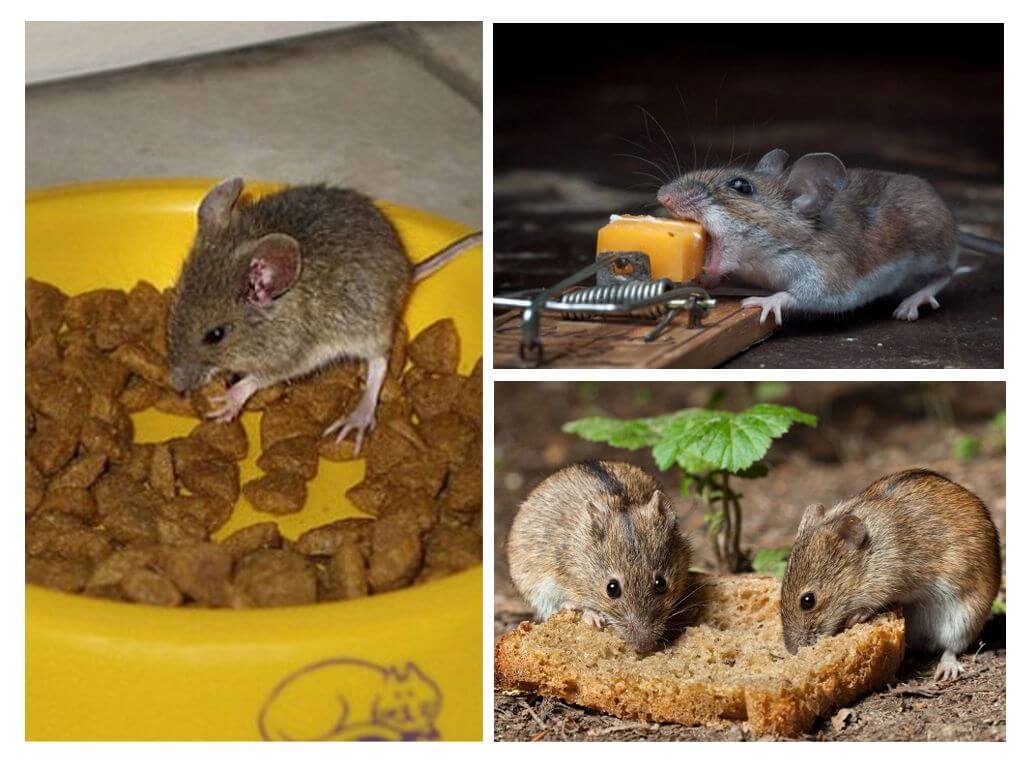- Polyurethane foam and rodents
- Mouse fight
Polyurethane foam - a common material that is used to fill the gaps between doors, walls. It is used in construction, used in the repair of houses, buildings, structures. Soft in texture, with good thermal insulation, moisture resistant properties. Low, high temperatures, humidity are not terrible. It remains to solve the question - do mice bite the foam.
Taste preferences of mice
The digestive system of rats and mice is designed in such a way that rodents do not tolerate hunger. For 3 days without food they die. To meet natural needs, mice bite everything on his way. Regardless of whether it is edible or not.
Among the materials damaged by mice are found:
- plastic;
- sackcloth;
- paper;
- cardboard;
- polyethylene;
- Styrofoam and its derivatives;
- plastic;
- rubber;
- bricks.
On a note!
Another reason why animals constantly gnaw something is a special mouse structuremore precisely their teeth. The incisors, which are located in pairs on both jaws, grow all their lives. If the animal does not constantly grind them, it will not close its mouth.
Than attractive foam
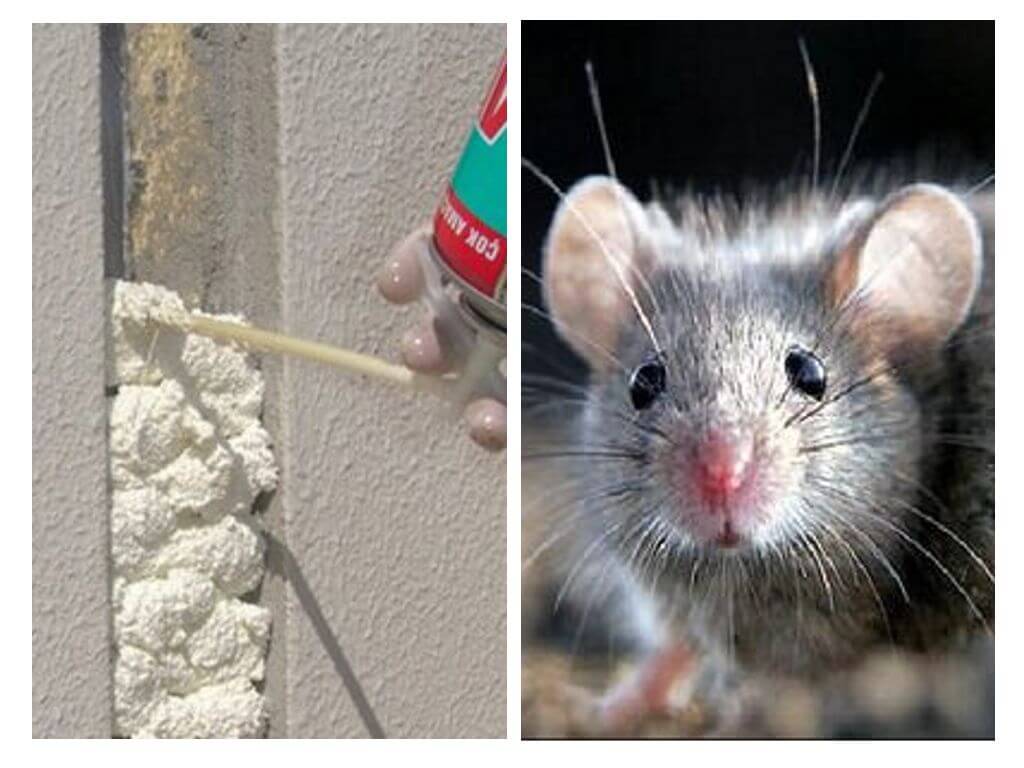
The texture of the material is porous, light, soft. The animals do not cause particular difficulties to gnaw at it. Whether mice eat foam, we can say with confidence - no. In construction, there is nothing useful, nutritious for pests. They bite his mice for another purpose.
With the onset of cold weather, rodents are selected closer to human habitation. They are attracted to heat, an abundance of food. Climb into the house through the narrowest gaps, gaps in the wall, doors, windows. If everything around is “clogged”, the animals begin to take a test for the tooth. They gnaw everything - brick, wood, concrete, all the materials that are in the lower part of the building.
A construction tool for installation is the easiest type of barrier for mice. Animals easily bite the material into dust, make entrances, exits. They freely enter the room. Polyurethane foam does not save mice. Moreover, it creates favorable conditions for their existence. The construction tool of the mouse is used to improve its own nest and contributes to breeding mice. They gnaw off pieces, drag them to a secluded place.
Feedback
In the garage, I closed up the space between the wall and the doors so that cold and moisture did not penetrate. In winter, he caught a glimpse there, did not pay much attention to anything. In the spring I had to work there. I noticed the following picture. There was practically no mounting foam at the bottom. Lay dust, sawdust, small crumbs. During the general cleaning, I discovered a mouse nest with pieces of the product. Helped them with building material.
Oleg, Moscow
Special construction foam
Since 2012, polyurethane foam, which mice do not chew on, began to be sold in European markets. The composition is nothing special or dangerous to humans, living things. But the addition of a bitter substance allowed the use of the tool for construction purposes with particular effectiveness.
The bitter building material is not gnawed by mice, cockroaches, other harmful creatures. Feeling an unpleasant aftertaste in the mouth, the animals abandon the venture, stop gnawing at unfamiliar material.
On the domestic market there is no such tool, but something similar can be done. Use a solution from denatonium benzoate. The substance has a bitter taste, does not lose properties on the treated surface for a long time. The product can be sprayed on an already used, hardened mounting foam.
On a note!
Denatonium benzoate process cracks, gaps in the walls, the lower part of the building. Any surfaces accessible by mouse teeth can be made inedible, repelling.
Protection and prevention methods
You can’t protect the foam for installation with anything special from rodents. It is necessary to build a dense structure on top that is not able to nibble the mouse. Fill the gap between the doors, beat a plank of chipboard, other similar material on top. The fibers are arranged in such a way that mice cannot make a hole in their teeth.
For protection, you must follow the general rules for fighting mice - get a cat, use poison for mice, ultrasonic repellers, cell traps, traps. Any convenient way to prevent the invasion of mice.
